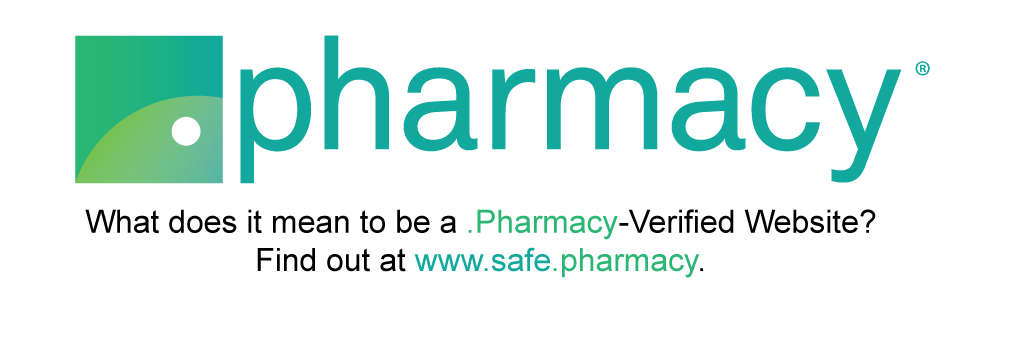Changes in Health Information Technology (HIT)
Technology in our daily lives is increasing at an astounding pace. Each day, our lives are becoming more connected to technology, but more specifically, to information technology. Recent news events related to personal information have brought some concerns to light. Companies that provide technology services are storing user data and potentially using the data for their own purposes. Technology users are becoming savvier about the data they produce, which companies have access to the data, and how the data is being used. There are government regulations set in place for protecting your health information.
Let’s look at how healthcare providers are using health information and what you can do to protect and use your information effectively.
What are healthcare providers are doing?
The impact healthcare providers have on you is dependent on the amount of information available. Access to health information can help in patient care. Healthcare providers are trying to get connected and stay connected with patients. Consistent, scheduled care can allow healthcare providers to prevent problems or treat them before they take a toll on daily activities.2
Some ways pharmacists are using health information technology is through medication therapy management, clinical decision support, chronic care management, and annual wellness visits. Medication Therapy Management (MTM) utilizes prescription medication claims and information from the patient to find problems with medications, costs, and adherence. Clinical decision support connects patient health information to a knowledge base to guide therapy and reduce medication errors. Using standardized records systems, pharmacists can manage chronic conditions by using data from multiple sources such as pharmacies, hospitals, and clinics.
The progression of a chronic disease can be tracked through the records from multiple sources, thus allowing pharmacists to adjust medication therapy as needed. Access to health information through multiple sources also allows providers to have a better picture of patients’ health during annual wellness visits.1
How can I stay safe?
Healthcare providers are required to provide patients with a Health Insurance Portability and Accountability Act (HIPAA) consent form. Signing this form allows the healthcare facility to utilize your health information for therapy and billing. The healthcare facilities also follow the guidelines set by HIPAA to secure your information and to use it only when necessary. If you are concerned about health information practices you can ask if the facility follows HIPAA guidelines. Most facilities can provide a report on why your information was used and to whom it was shared. You can also request a copy of your health records and make corrections to them, if appropriate.3
What can you do to help your healthcare providers?
Healthcare providers can make more informed decisions when your health information is accurate and complete. The best way to help providers reach informed decisions is to ensure your health records are up to date. These are some categories that should be up to date in your own health records:
- Allergies
- Current Medication List
- Name of the medication
- Strength of the medication
- Schedule for taking the medication
- Route of administration
- Length of time on each medication
- Current and Past Health conditions
- When you were diagnosed
- Surgical history
Shared decision making is a way for patients and their providers to work together to determine what is right for the patient in order for you, as the patient, to make an informed decision about your health care. When selecting treatments, screening tests, and care plans, it’s important to talk to your provider about your preferences and to fully understand how your personal health information is being used. After all, it is yours!
References
- Abubakar, A., & Sinclair, J. (2018). Health infromation tehnology in practice. Pharmacy Today, 58-65.
- Dullabh , P., Sondheimer , N., Katsh, E., Young, J.-E., Washington, M., & Stromberg, S. (2014). Improving the Health Records Request Process for Patients Insights from User Experience Research. Chicago: NORC at the Univeristy of Chicago.
- S. Department of Health and Human Services. (2017, February 1). Your Rights Under HIPAA. Retrieved from U.S. Health and Human Services: https://www.hhs.gov/hipaa/for-individuals/guidance-materials-for-consumers/index.html
If you’re struggling to afford your medications,
visit www.WellRx.com to compare the cash price at pharmacies near you.
You may find prices lower than your insurance co-pay!













 Store & manage your medication list
Store & manage your medication list Medication pricing updates
Medication pricing updates Pill & refill reminders
Pill & refill reminders Medication journal & mood log
Medication journal & mood log